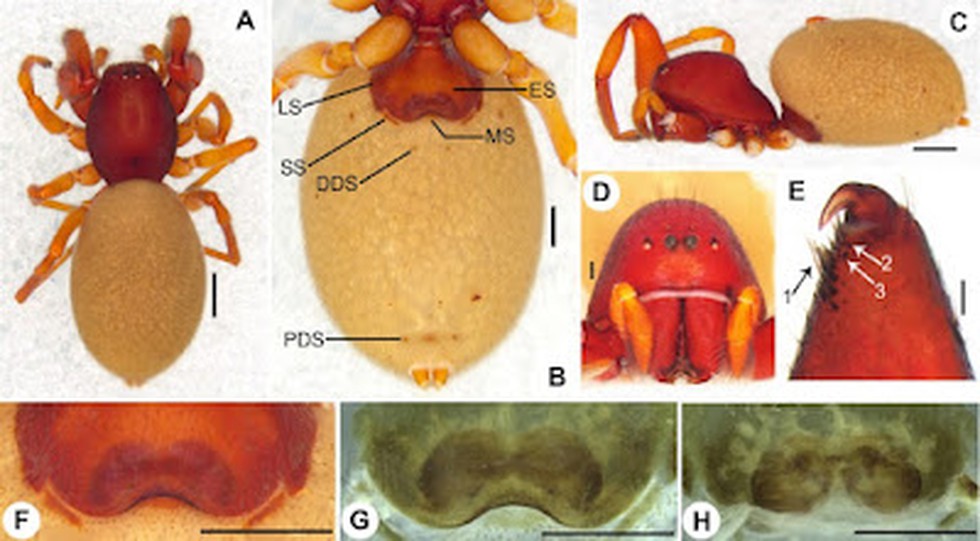About Steriphopus Wangala:
- It is a newly discovered species of spider from the West Garo Hills district of Meghalaya.
- It has been named after the Garo community's harvest festival, the Wangala festival, or the 100 Drums Festival.
- This spider belongs to the Palp-Footed Spider family, characterized by their disproportionately powerful and heavily sclerotized first pair of legs.
- It has a characteristic reddish-brown colour.
What is the Wangala festival?
- Wangala festival, also known as the 100 drums festival, is a popular festival among the Garos of Meghalaya.
- The Wangala Festival marks the end of the agricultural season. This is followed by thanking the spirits and deities for a bountiful harvest and seeking their blessings for the upcoming year.
- It is the occasion when the tribals offer sacrifices to please their main deity, Saljong, the Sun God.
- It also signifies the onset of winter.
- The highlight of Wangala is the rhythmic beat of a hundred drums. These drums are a big part of Garo culture, and they are traditionally made out of tree trunks.
- Towards the end of the festival (which continues for days), the largest batch of dancers converge on the main celebration area with multiple drums and perform the ceremonial and traditional dances.
- The dance is characterised by dancers moving to the rhythmic drumming.
Who are Garos?
- The Garos call themselves Achik-mande.
- Garos form the second largest tribe in the state of Meghalaya.
- They are one of the last remaining matrilineal tribes in the world.
- Two mountain ranges, the Arabella range and the Tura range, pass through the Garo Hills, forming the great Balpakram valley in between.
- Balpakram area is considered sacred for the Garo community due to their belief that the spirits of the dead sojourn here.
- The highest pointin the Garo Hills is Nokrek Peak, with an elevation of 1412 m, which is covered by a thick film of lush forest.
- The region is home to the esteemed Nokrek National Park, protects a highly diverse plant and animal diversity. In 2009, the park was designated a biosphere reserve by UNESCO.
